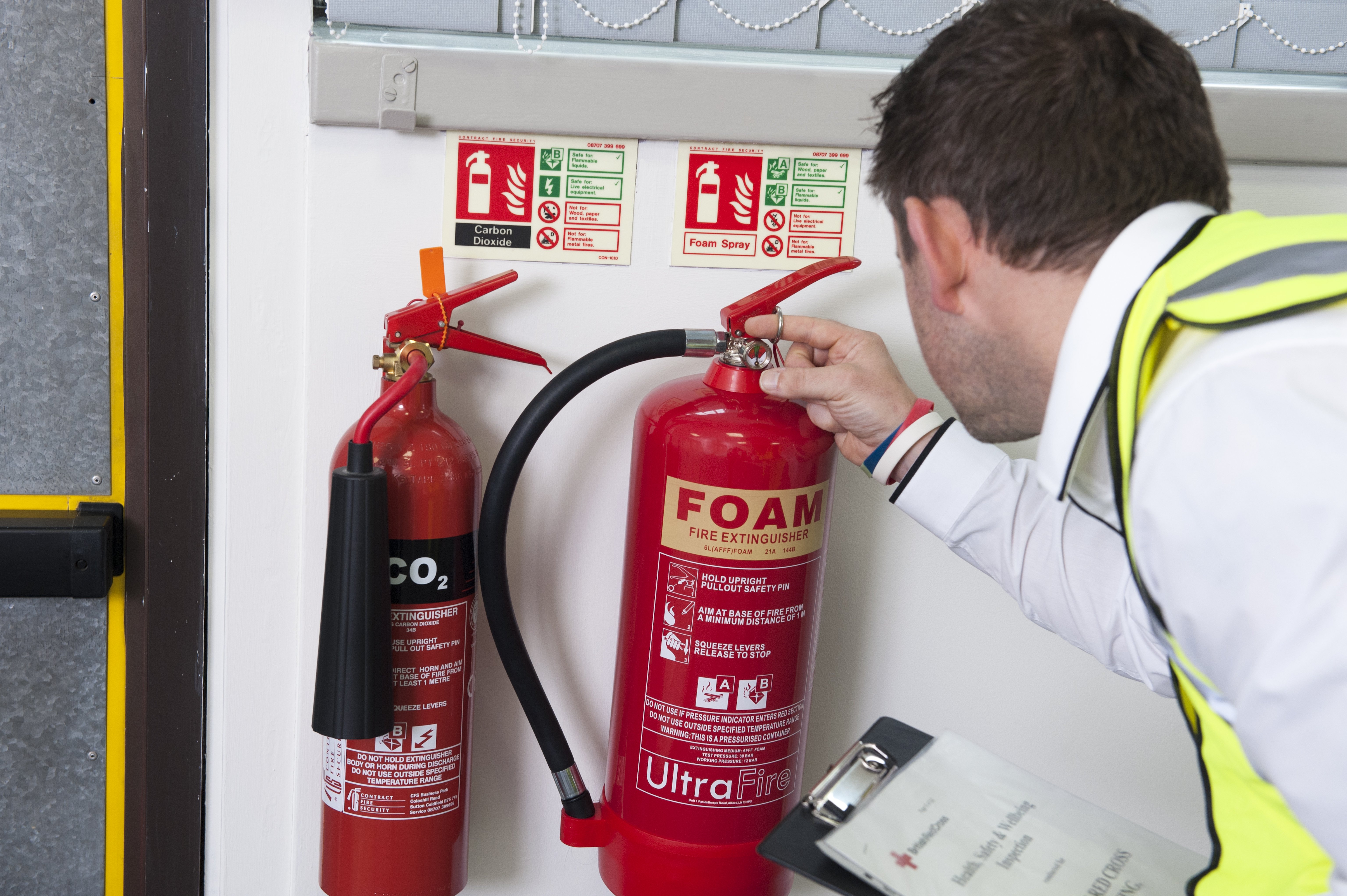The way we work has changed in an unprecedented way, but even with hybrid working so commonplace, fire safety in the workplace should still be a priority for every organisation.
Ensuring you have enough trained fire marshals is important at any point in time, but do they have the knowledge and confidence to respond to an incident?
To offer guidance, we’ve created a suite of fire marshal training blogs, with information on everything your organisation needs to know about fire safety in the workplace.
How the fire safety regulations impact the workplace
Organisations in the UK must abide by fire safety legislation. Fire safety legislation places the responsibility on individuals within an organisation to carry out risk assessments to identify, manage and reduce the risk of fire.
In 2022, the fire and rescue authority attended 9,971 primary fires in non-domestic buildings. That’s nearly 200 fires every week.
In our blog about how fire safety regulations impact the workplace, you can learn about:
- Fire safety regulations in England and Wales, Scotland, Northern Ireland
- Who is responsible for fire safety in the workplace
- What fire safety equipment is required in the workplace
- Why fire safety training in the workplace is important
What are the responsibilities of a fire marshal in the workplace?
A fire marshal is responsible for fire safety within a building or premises and plays a critical role in ensuring the safety of occupants and minimising the risk of fires.
In our blog about the responsibilities of a fire marshal, you can learn about:
- The role of a fire marshal in the workplace
- Fire safety procedures in the workplace
- Why it’s important to train fire marshals
What is a fire risk assessment?
A fire risk assessment is an organised and systematic look at a premises, the activities performed and chances of a fire that could start and cause harm to people. It is required as part of the Fire Safety Order.
In our blog about fire risk assessments in the workplace, you can learn about:
- Who is responsible for completing a fire risk assessment
- How often the fire risk assessment should be reviewed and when it is required
- Everything a fire risk assessment should include
What are the top fire hazards you need to know about?
The most common cause of fire in the workplace is faulty equipment, but combustible materials, smoking and human error are all fire hazards you need to know about.
Nearly 2000 fires in non-dwelling premises during 2021/22 were caused by faulty appliances or leads. Ensuring your organisation has fire marshals with the knowledge and confidence to respond to an incident is crucial.
In our blog about the top fire hazards you need to know in the workplace, you can learn about
- Common examples of fire hazards
- Causes of fire in the workplace
- How to prevent a fire in the workplace
Learn flexibly with online fire marshal training
Our online Fire Marshal Training course allows your team the flexibility to train at a time and place to suit the learner. The two-hour e-learning course covers everything our face-to-face courses offer and can be completed at a time convenient to you.
Save and return as is necessary on a laptop, PC, tablet or even mobile phone. There is no need to travel or find a suitable training venue; learners can train in their own time in the comfort of their home or office.
Topics: Fire Marshal


